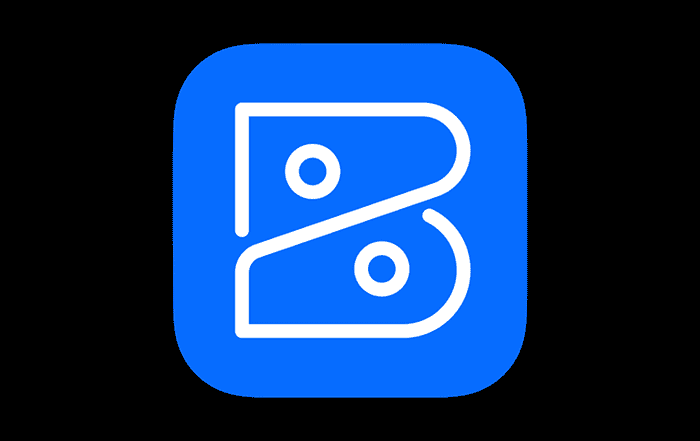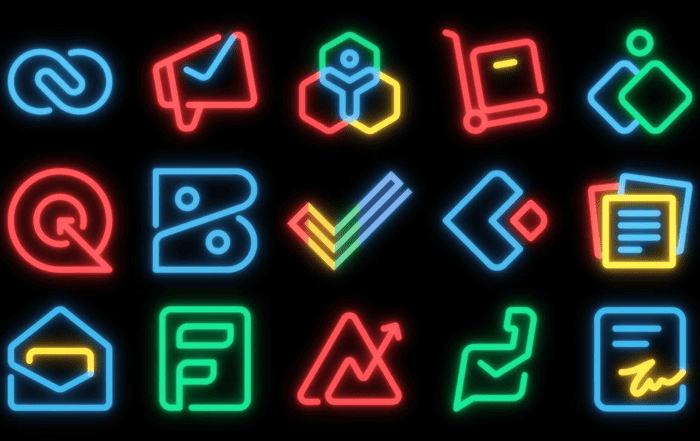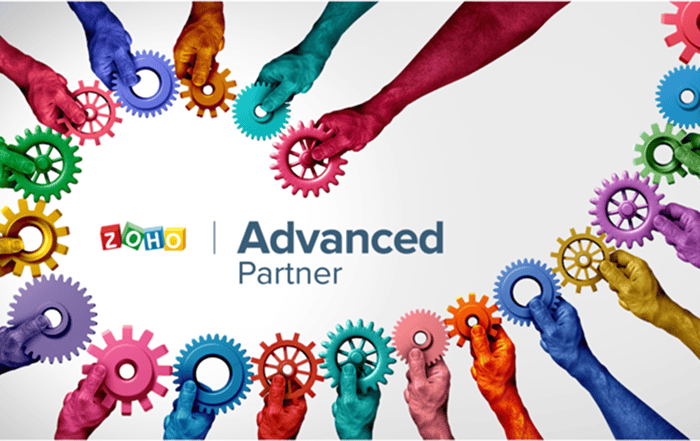
Cloud computing, which supported the global economy, global supply chains, and remote workers during the coronavirus pandemic, will continue to be a major target for companies looking to improve their scalability, business continuity, and profitability in 2021.
Cloud computing is as important for the information environment as the lives of consumers. Opportunities for cooperation (which is particularly evident in the fields of telemedicine, internet banking, and e-commerce) characterize the long-distance communication that can inevitably arise in a large data landscape.
According to the study, 94% of the global workload is controlled by the world’s leading cloud computing centers, with many companies moving most or all of their daily delivery to the cloud.
Are you interested in learning more about future technological trends in cloud computing, including the latest developments in cloud computing and the upcoming cloud technology that you expect more in 2021? Keep reading.
1.AI and ML Adoption
Artificial intelligence (AI) and machine learning (ML) technologies are one of the main trends in cloud computing that we are expected to develop in 2021.
While many companies are already using the technology, AI and machine learning deployments include features like product recommendation engines, image recognition, marketing strategies using WooCommerce variable pricing, energy optimization, system fault monitoring, adaptive safety training, and speech processing.
The best thing about these technologies is that they are not limited to business, but can be used by consumers. You can use it to better understand your products and interact with companies in new ways.
2.Serverless Computing
Serverless computing has gained widespread popularity. This is due to the growing demand for traditional innovations that need to be switched to servers to move forward. It redistributes the entire framework and separates the application from start to finish.
For example, a distribution system consists of non-server models with a conventional structure. These projects are flexible and allow companies to better control the cost of their cloud hosting.
3.Hybrid Cloud Services
Organizations can access the cloud in a variety of formats, including private and public. Hybrid cloud refers to the combination of private and public cloud functions, including internal and external devices, to create an optimal layout. With the hybrid cloud, companies can work within their budget and space requirements in the cloud without affecting the desired functions. This is often the best setting for small businesses that may have fewer resources but still need some cloud service functionality.
Hybrid cloud is ideal for companies that don’t want to move all of their data into one cloud storage and prefer to keep it in one place. This gives you advanced private cloud protection with applications and public cloud supports.
4.FaaS Implementation in Cloud
FaaS (known as Function as a Service) is a central component of the cloud computing service. It has a codified engineer who maintains a strategic distance to the implementation of complex infrastructures.
FaaS is part of serverless computing and focuses primarily on gateways, storage, APIs, and contests. These are the categories of FaaS service. As a simpler tool, it allows the developer, unlike IaaS and DaaS partners, to save time coding. FaaS is a quick way to create confusing codes.
By 2021, more tech giants will choose FaaS as a tool for their daily work. According to a Cision study, the FaaS market could grow by nearly $ 7.72 million. The annual growth rate thus reaches 32.7%.
5.Container and Kubernetes
Container, which has long been a standard for the development of container architecture and cloud applications, will continue to be developed in 2021 in cooperation with Kubernetes.
The rulers, also known as “k8s”, are open-source container programs that can be used to automate container package processes that are usually based on manual operations such as scaling, planning, and management. By automating governor containers, departments can save time and use containers more quickly and easily in private clouds. K8s releases responsibilities and resources for some DevOps tasks, e.g. rollbacks, deployments, health checks, automated service requests, and tracking and restarting containers as needed. They also help with replicating clusters.
6.Hyper-scale Data Centers
In the digital age, immediate consumption drives businesses very quickly. They need their IT infrastructure to provide services faster than any conventional infrastructure. There is also a need to meet the growing demand for IT infrastructure that can be rapidly expanded. This commercial demand in the digital age is leading to a demand for huge data centers.
A hyper-scale data center can react quickly and gradually to high requirements. In a market and market research report, they estimate that the market for extremely large server data centers will grow with a CAGR of 26.32% between 2017 and 22.
7.Joined services of Big Data, Cloud Computing, and IoT
Cloud computing will improve in 2021 as it connects to big data and IoT. Large tech collectors are sure to follow consolidated services, making it a trend. Both big data and the Internet of Things are constantly evolving, and some businesses need their help.
Big data provides data that has been identified by a specific company after processing and analysis. The IoT is a place where physical devices can be made for legal communication.
Companies can improve their production if cloud computing is combined with big data and IoT. Businesses will have access to critical information from competitors and make more efforts to make better business decisions in the future.
8.Streamline Entertainment
Every American home today has some type of video stream. Video streaming services use the cloud to run their platforms. This trend will increase in the future and will continue until 2021.
With cloud computing, companies can host constantly updated and scalable inventory. At the same time, it allows consumers to have fun and eliminates excessive buffering.
Another type of cloud entertainment is cloud gaming that continues to grow. As with streaming video, cloud gaming allows consumers to use and play video games on cloud platforms. The cloud offers you the best bandwidth and server capacity.
9.Cloud-Native
The main focus of the DevOps team is on creating, managing, and improving processes. With cloud development, DevOps can integrate projects for specific applications. In addition, faster response times can be achieved, platforms can be easily combined and advanced tools can be used like WooCommerce pre-order to engage with the customers.
The demand for this trend in cloud computing will continue to grow in 2021 as companies grapple with new changes. Organizations are more focused on scalability, higher security, and seamless technologies.
10.Disaster Recovery
One of the main cloud trends is the need for a scalable, convenient, and low-cost cloud disaster (DR).
In 2020, most workers were found to be moving remotely, and vulnerable areas of businesses were vulnerable, leading to an increase in cloud solutions and disaster preparedness plans.
When natural disasters or unstable internet connections threaten to go offline, the cloud offers a solution that adapts to your changing situation. With cloud-based recovery, employees can complete tasks remotely.
Cloud recovery is a simple technology that does not require special training. It includes more user-friendly recovery pages that don’t require ongoing manual assistance and troubleshooting.



